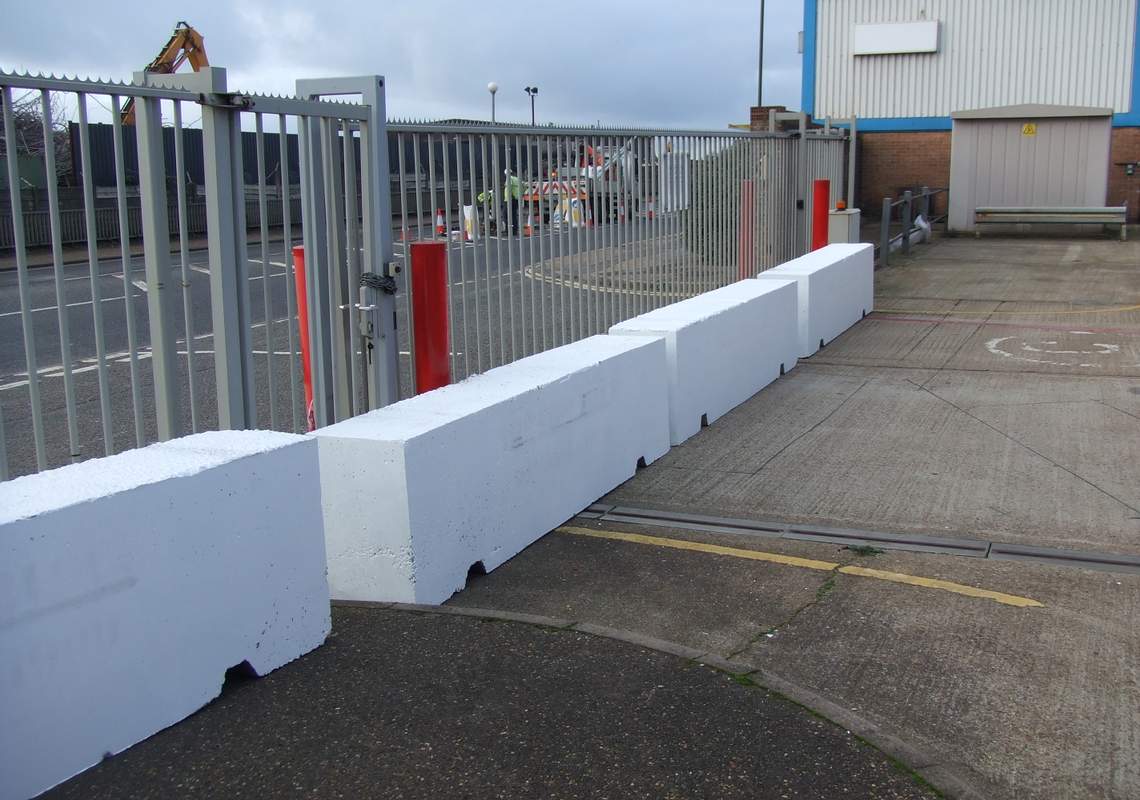Selecting an applicable crash beam (or guardrail) entails considering varied elements to ensure that it effectively serves its function and meets security standards. Here are the key elements to contemplate when choosing a crash beam:
1. Regulatory Compliance and Standards:
Local Regulations: Adhere to local, state, and nationwide laws governing street safety and crash barrier installations.
Safety Standards: Choose crash beams that meet recognized security requirements, similar to these outlined by transportation authorities and safety organizations.
2. Road Type and Location:
Traffic Volume: Consider the volume and pace of visitors on the road. Highways with high-speed visitors require sturdier crash limitations.
Road Design: Evaluate the road format, together with curves, slopes, and intersections. Different highway designs would possibly require particular forms of crash beams.

three. Type of Vehicles:
Vehicle Size: Consider the dimensions and weight of autos using the street. Heavy industrial automobiles may require stronger crash beams.
Impact Severity: Assess the potential impact power of automobiles to determine the appropriate crash beam energy and design.
four. Environmental Conditions:
Climate: Consider the local local weather, together with elements like snow, ice, and heavy rainfall. Certain materials might be higher fitted to particular climate conditions.
Corrosion Resistance: If the area is susceptible to corrosion because of salt, moisture, or different factors, select materials with glorious corrosion resistance.
5. Material and Design:
Material: Crash beams are usually manufactured from steel, concrete, or a mixture of supplies. https://perimetersecuritypartners.com/our-products/crash-beams/ has its advantages; for instance, steel is powerful and sturdy, while concrete is often used for its impact-absorbing properties.
Design: Evaluate the crash beam design, including its height, size, and form. Some designs are more practical at redirecting autos, reducing impression severity.
6. End Treatments and Terminals:
End Treatments: Choose appropriate finish remedies like crash cushions, impression attenuators, or energy-absorbing terminals. These elements assist in dissipating the power of an impact.
Terminals: Consider the type of terminal connectors which are appropriate with the chosen crash beam. Proper terminals ensure the crash barrier's effectiveness in real-world eventualities.
7. Maintenance and Repair:
Ease of Maintenance: Consider the convenience of inspection and upkeep. Some crash beams are designed for easier repairs and replacements, which may be crucial for minimizing highway closure instances.
Availability of Spare Parts: Ensure that spare parts and replacement parts are available for the chosen crash beam system.
eight. Cost and Long-Term Durability:
Initial Cost: Balance the initial cost of the crash beam system with its long-term durability and effectiveness. Cheaper options may require extra frequent maintenance or replacement.
Life Span: Evaluate the anticipated lifespan of the crash beam, factoring in the material's sturdiness and resistance to wear and tear.
9. Expert Consultation:
Consult with Experts: If in doubt, consult with engineers, street security experts, or crash barrier producers. They can provide valuable insights based on their experience and experience.
Considering these elements comprehensively will help in choosing a crash beam system that aligns with the particular necessities of the street, guaranteeing enhanced safety for each drivers and pedestrians..
